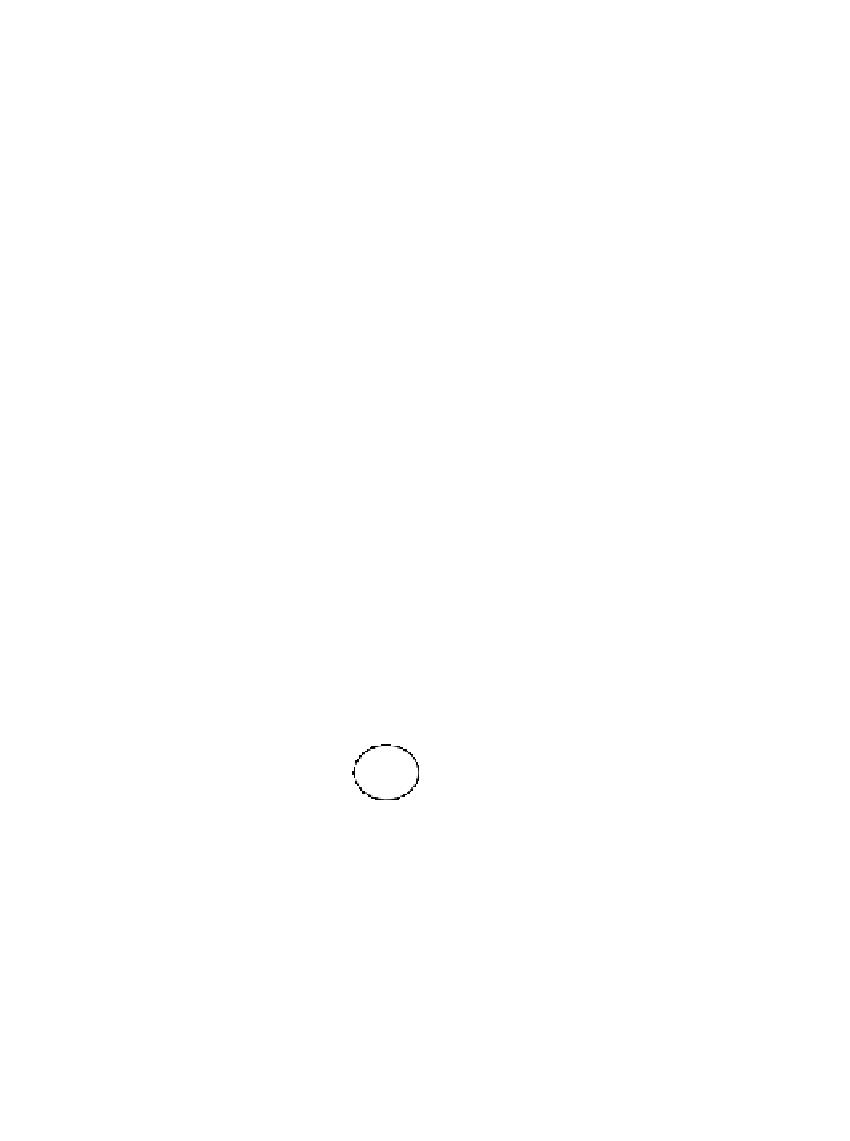Java Reference
In-Depth Information
flexibility in our programming by understanding more clearly the Java concept
of a multi-dimensional array. Actually,
b
contains the name of an array object of
length
2
, each element of which is the name of an array object of length
3
:
a0
a1
a2
1
4
8
b
a0
5
6
2
a1
a2
Thus, b is array object a0, b[0] is row 0, which is array object a1, and
b[1]
is
row
1
, which is array object
a2
. In this sense, there is no multi-dimensional array.
There is simply an array,
b
, each element of which is an array.
Variable
b
, of type
int
[][]
, contains the name of a one-dimensional array.
Array elements
b[0]
and
b[1]
have type
int
[]
.
Now the notation used earlier for referencing the lengths of rows and
columns makes sense:
b.length
is the length of array object
a0
:
2
b[0].length
is the length of array object
a1
:
3
b[1].length
is the length of array object
a2
:
3
9.3.1
Ragged arrays
Consider an array
b
that is declared and initialized like this:
int
[][] c=
new int
[2][];
Array
c
is declared to be a two-dimensional array, but only the size of the first
dimension is given (but the brackets
[]
for the second dimension are there). Only
the elements in the first dimension are created, and they are set to
null
:
a6
c
a6
null
null
Each element of c has type
int
[]
, so arrays can be stored in them. Further,
the arrays in the elements can have different lengths! The assignments:
c[0]=
new int
[] {1, 3};
c[1]=
new int
[] {2, 4,
7
};
change
c
to look like this:










Search WWH ::

Custom Search